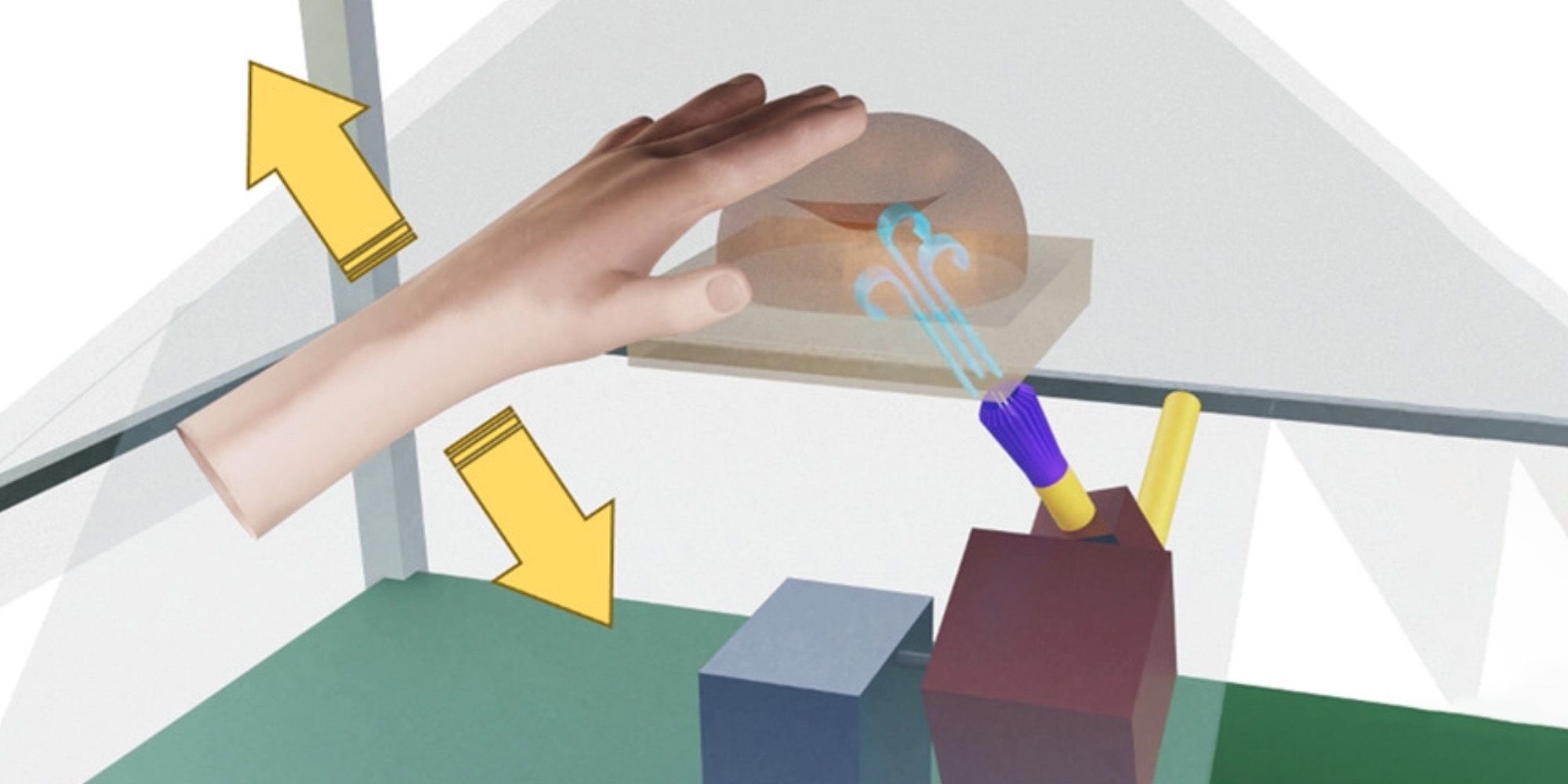Researchers at the University of Glasgow have created holograms that use jets of air known as 'aerohaptics' to simulate the feeling of touch. While holograms have been around for a long time, interactive ones that have mass and can be touched have remained in the realms of science fiction. While standard holograms are being increasingly used commercially in a variety of sectors, researchers are also working on 'tensor holography' that could bring the technology to the mainstream and enable the creation of real-time holograms for use in virtual reality, 3D printing, and more.
Haptic feedback has also been extensively used in electronic devices to deliver more realistic feedback in video game controllers, as well as in rehabilitation therapy after strokes and debilitating injuries. It is also found in the vast majority of modern smartphones and smartwatches which typically use vibrations while delivering notifications or to let the user know that their key-press has been actuated. However, the technology varies from one device to another, and while most devices use eccentric rotating mass (ERM) actuators, Apple's Taptic Engine uses a linear resonant actuator (LRA) in its MacBooks and iPhones.
Scientists from the University of Glasgow's bendable electronics and sensing technologies research group are behind the new holograms that the researchers say can eventually allow people to shake hands with anyone virtually. To come up with the new technology, the researchers have used readily available and affordable hardware to create air jets that simulate a feeling of touch. According to the researchers, the technology even promises to make a Star Trek-like holodeck a reality someday, although they also warn that it's unlikely to happen any time soon.
The Holograms Are Created Using The Unity Game Engine
The invention may revolutionize virtual and augmented reality applications because unlike the haptic feedback in traditional VR and AR implementations, the touch sensory holograms do not require a handheld controller or smart gloves in order to produce the sense of touch. Instead, it uses a nozzle that blows air in response to the user's hand movements. According to the researchers, the system uses glass and mirrors to project the 2D hologram, while the software behind the tech is the cross-platform video game engine Unity that is also used by a variety of industries, including automotive, architecture, engineering, and construction.
To demonstrate the aerohaptic system, the researchers created a holographic basketball that they claim can be "convincingly touched, rolled, and bounced." They further claim that the haptic system is realistic enough to even allow users to feel the familiar rounded shape of the ball. Going forward, the researchers hope to add a couple of new dimensions to the haptic system. Developmental work is currently on to modify the temperature of the air jets to allow users to feel the temperature of the surface. The researchers are also planning to add scents to the airflow to offer a more realistic interactive experience that would include the sensation of smell.
Source: wiley.com


